Description
I love fishing out my family recipe books, but it was just yesterday that I came across my mom’s Karonda Chilli Pickle recipe. And there I was taken aback to the beautiful carefree days of true culinary experience. Unlike these days, full of cosmopolitan food choices, yesteryear was full of granny-homemade pure recipes.
- This is a made at home pickle, handcrafted in small batches only.
- The colour and texture of Karonda in your jar would differ from the one in the pictures depending on the age of the pickle.
- Each jar is 350 Gms
- Now available in a larger and leak-proof jar.
- GST and Shipping would be added on checkout.
- The products are made fresh, hence it takes a longer time to process. Please allow us 2 to 3 weeks to service your request.
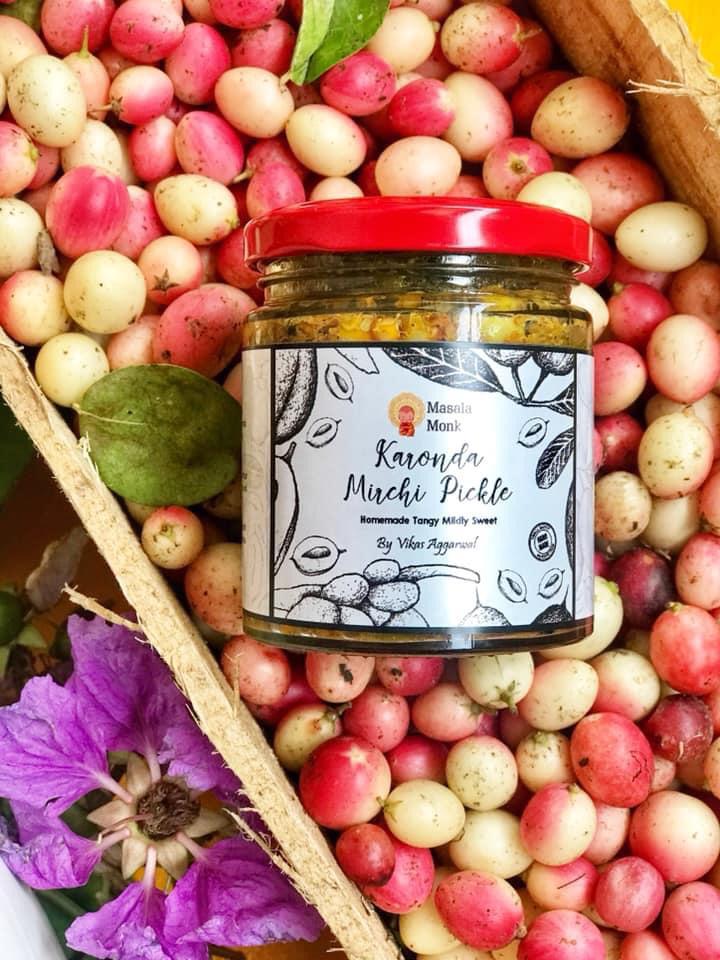
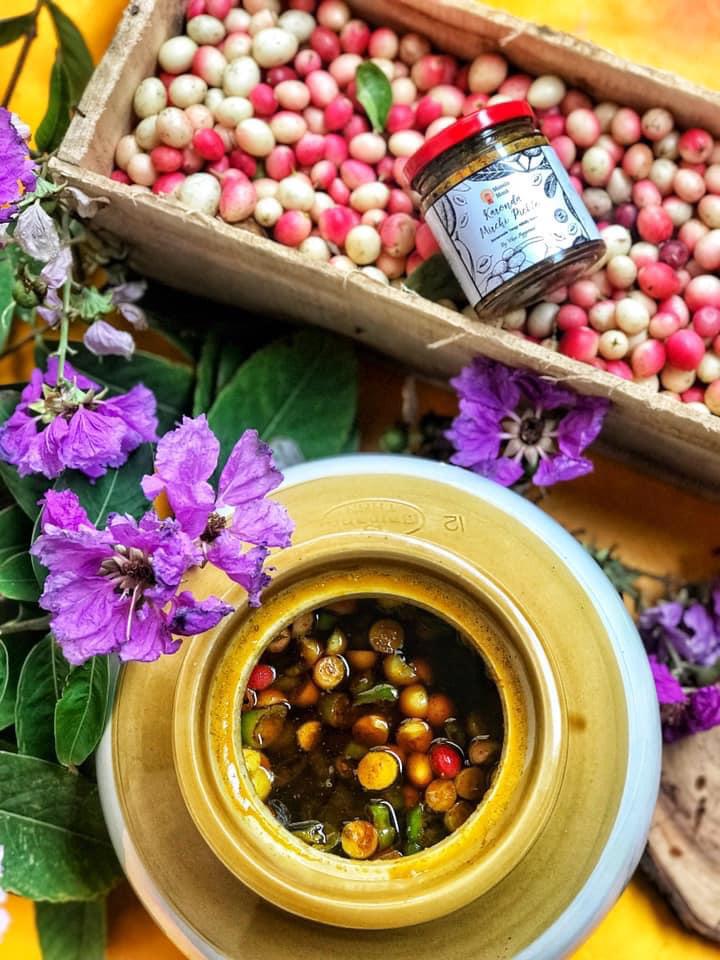


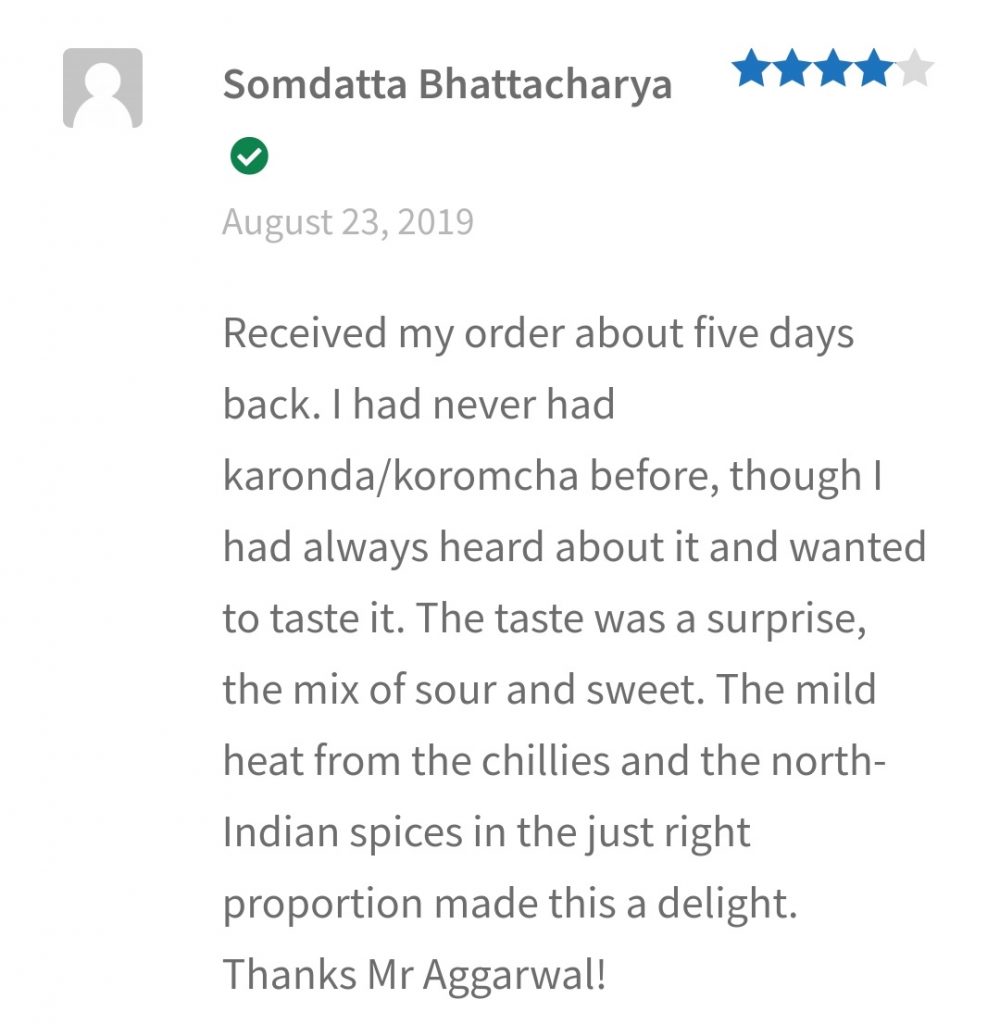

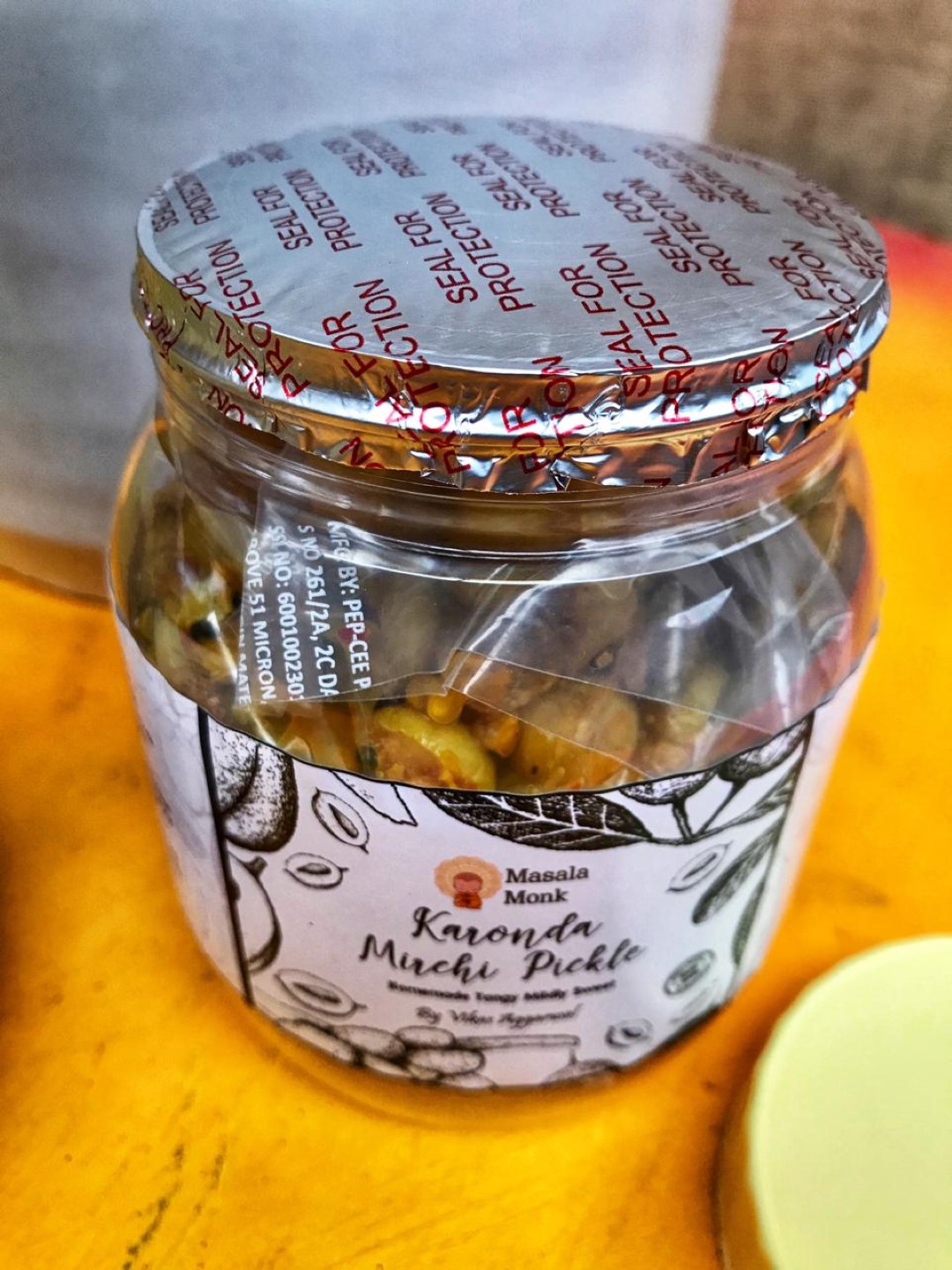
Presenting my take of leaf from our home recipe book…..
Karonda is one of the many berry-like fruits believed to originate near the Himalayas. The pickle prepared from karonda along with many other quality spices is a must-try for all. Have a spoon of this yummy unique pickle with your favourite meal and you are sure to love it more!
Karonda Ka Achar – Seasonal pickle made of natal plum/karonda and Green Chilies
Karonda/Natal plum is a small-sized berry which is sour and grows abundantly on thorny bushes during monsoon season in India. White and pink when tender, it turns red to purple when it matures fully. It mainly grows in tropical and subtropical regions.
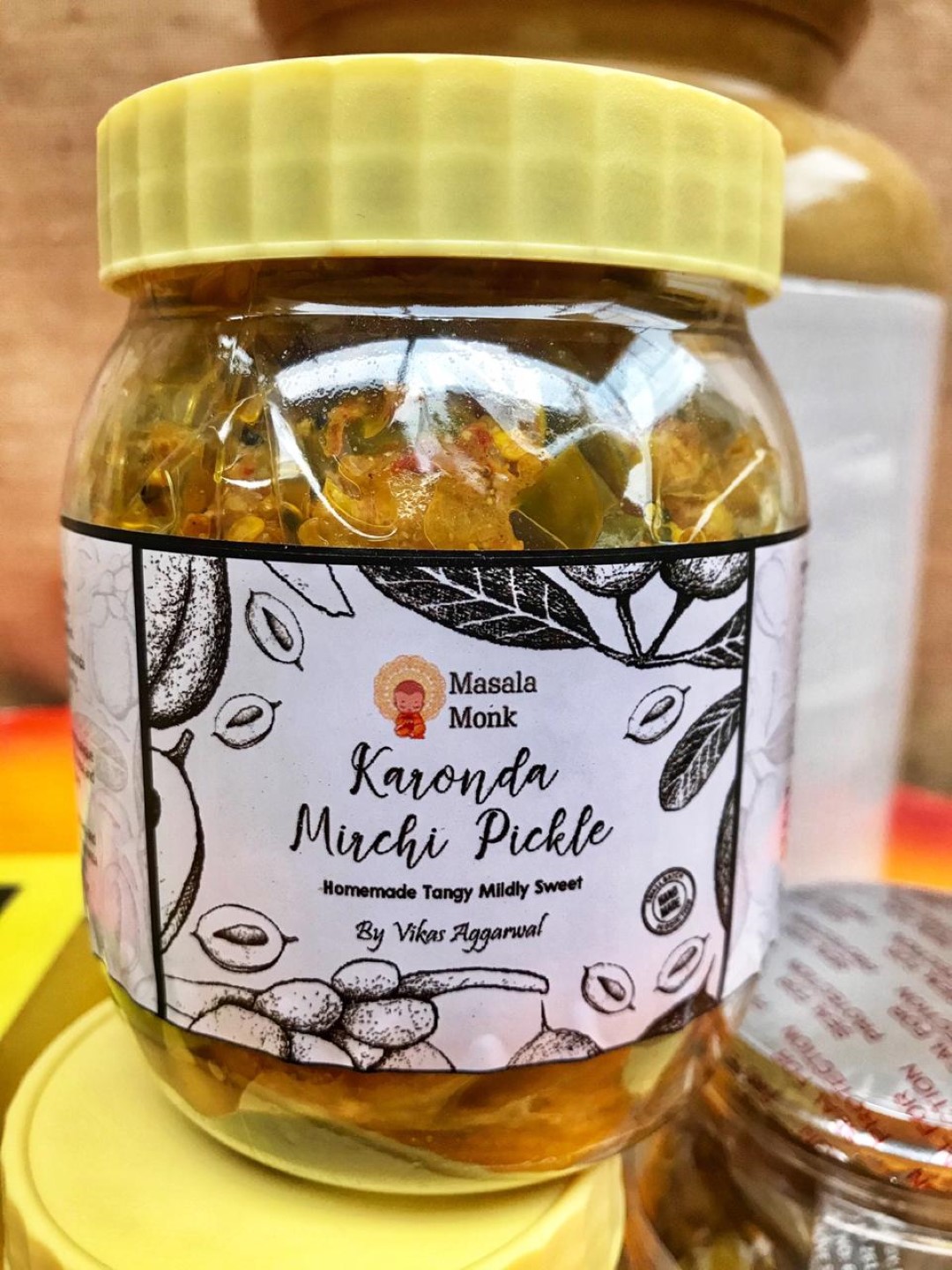
Karonda also has a few medicinal properties such as it helps to cure worms, fungal infections, anaemia, diarrhoea, fever, skin and ear infections. Karonda is a tart berry, so it is mainly used for making pickles, chutney, jam and different types of preserves.
Right when karonda crops are small and begin to reap with tender seeds inside, the plum should be plucked as that is the best form to make pickle.
I love making different pickles and chutneys, so I got a bag of karonda from a friends farm at Tijara and made this Karonda Ka Achar.
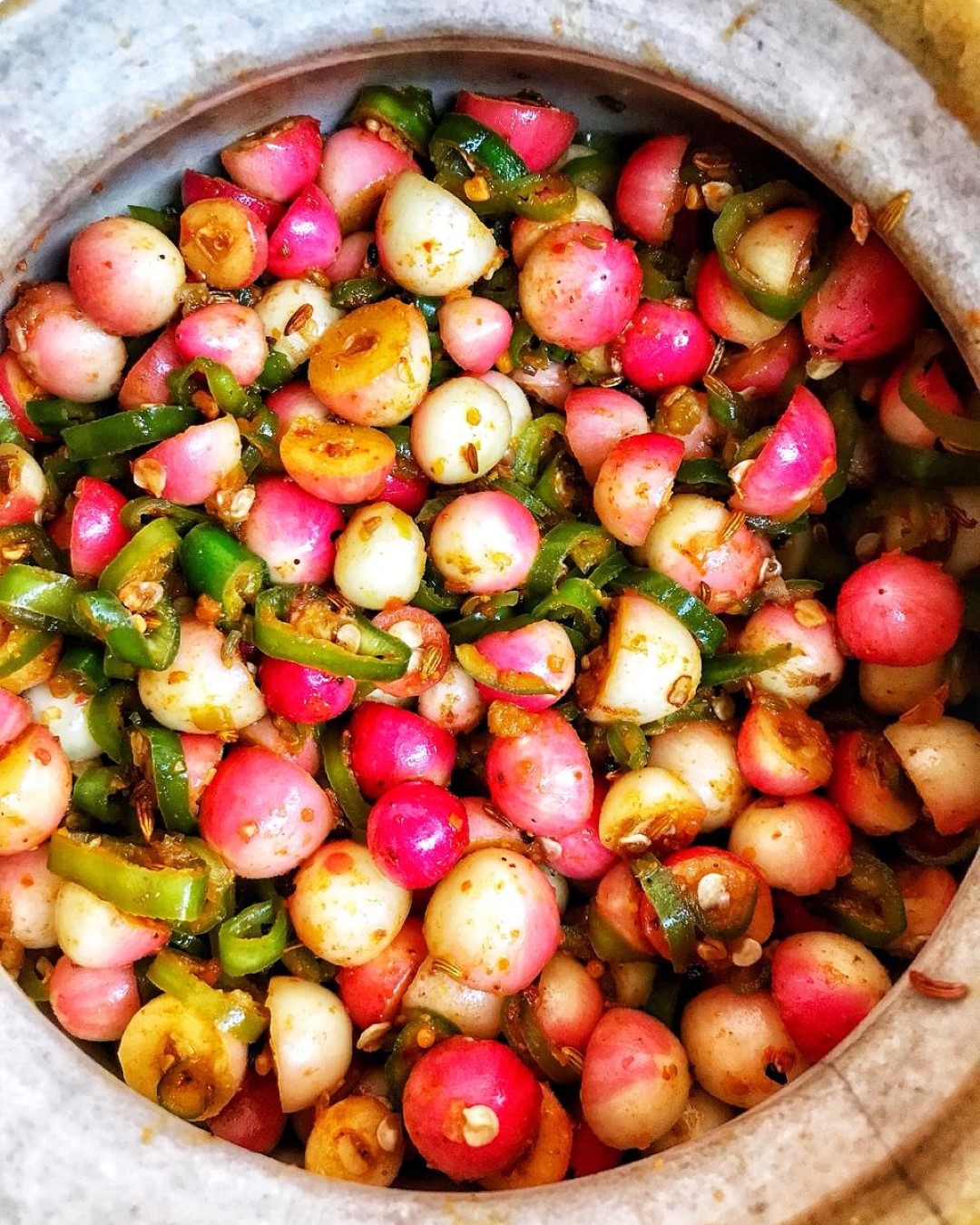
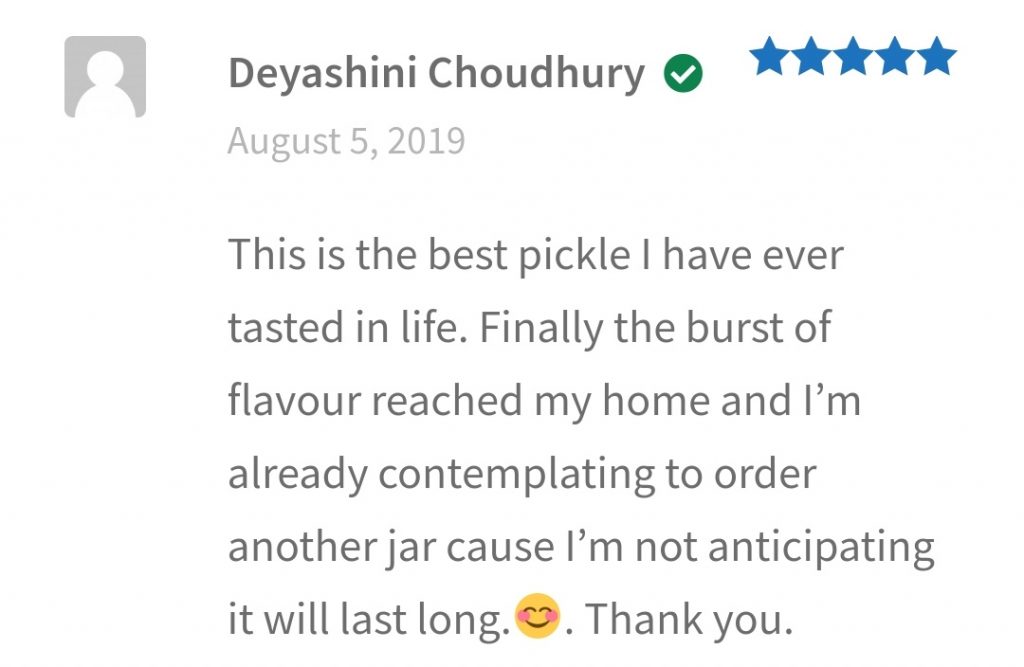


Origin of Karonda
Karonda is one of the many berry-like fruits believed to originate near the Himalayas, though some botanists place the fruit’s origin to Java. Its natural range extends from Nepal to Afghanistan and encompasses several parts of northern India throughout that stretch.
Today, the fruit appears throughout the tropical areas of the Indian Ocean, tropical Asia, the Arabian peninsula, and stretches down to parts of Australia. Karondas is also cultivated throughout Africa. A few African countries, including Kenya and Ethiopia, have a rich history of utilizing the fruit for medicinal purposes.
Karonda’s many nom de plumes such as num num, nam phrom, and parunkila, indicate its ubiquity throughout the world. Despite the fruit’s wide native range, only a few commercial ventures process and sell the fruit.
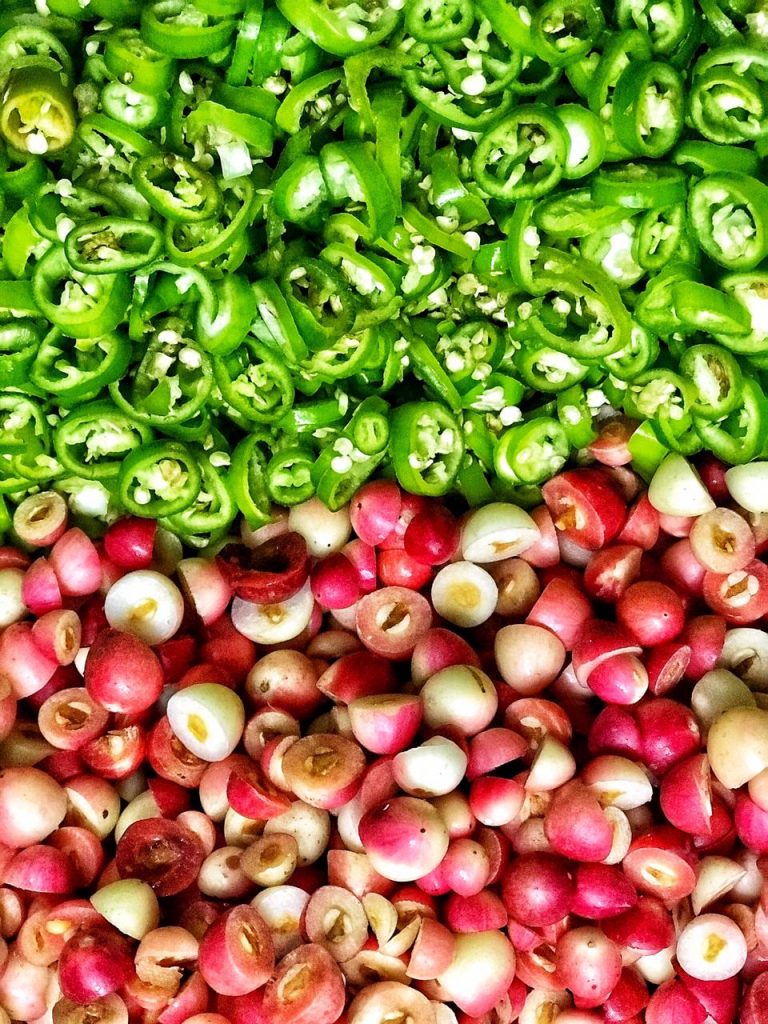
Availability of Karonda in India
Today, the fruit grows throughout several regions including the Siwalik Hills, Bihar, West Bengal, the Western Ghats, Karnataka and the Nilgiri hills. It thrives in tropical and subtropical regions without heavy rainfall.
The drought-resistant nature of the plant enables the tribal areas of Madhya Pradesh, Rajasthan, Gujarat, and Bihar to grow the fruit on a limited scale. The Bhil tribe in Rajasthan sells karonda leaves for rolling tobacco paper to beedi manufacturers. Many of these groups also value the plant for its medicinal qualities. In the Jashpur district, for instance, the tree’s roots kill the worms in the wounds of cattle, and the Munda tribe in Chota Nagpur uses the roots to treat rheumatism.
The fruit is harvest from August to October, though unripe fruits get plucked in May and June. More specifically, the harvest in the north occurs during the summer months of May to July, and some trees in the south bloom and yield fruit sporadically year-round.
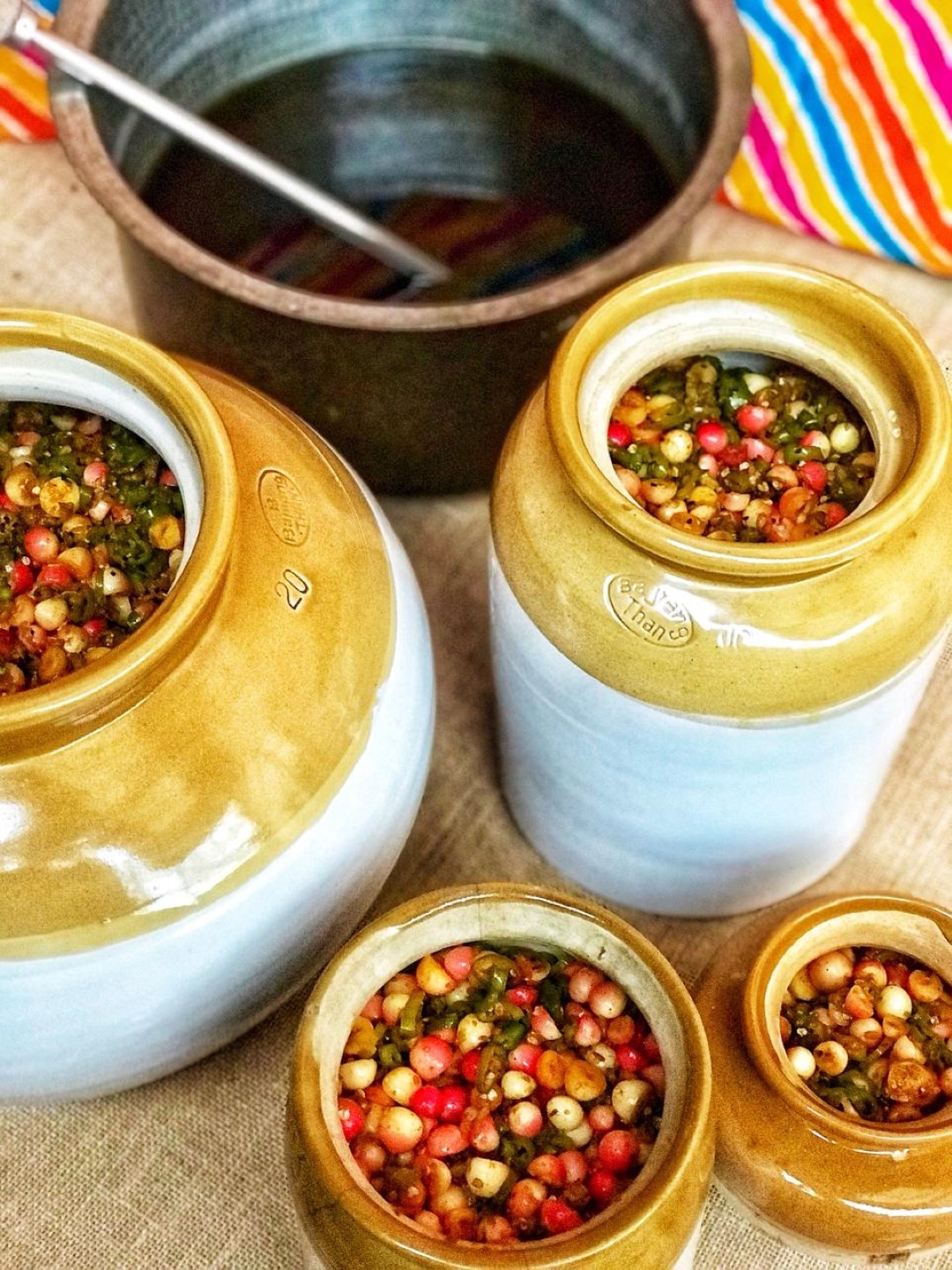
How Karonda is called in different parts of India
Karonda, jungli karonda (Hindi)
Karvand (Marathi)
Karamdika (Oriya)
Chirukila, sirukilaa, kalakai (Tamil)
Kavali, vakkay (Telegu)
Karakka (Malayalam)
Health Benefits of Karonda
Karonda has a lengthy history in Indian folk medicine. Tribes in the Western Ghats use the fruit as a blood sugar stabilizer and as a guard against liver damage. As further explained by the National Bureau of Plant Genetic Resources, various groups have utilized the fruit as a remedy against biliousness, anaemia, parasites, worms, fungal infections, diarrhoea, microbes, wounds, skin infections, fevers, and ear infections.
Ingredients:
• Karonda/ Natal Plum
• Green Chillies
• Mustard Oil
• Fennel Seeds
• Fenugreek Seeds
• Mustard
• Nigella Seeds
• Asafoetida
• Red Chilli powder
• Salt
• Jaggery
Net Weight:
350 gm
Shelf Life:
6 months from the date of manufacture
Shipping:
We have a processing time of 7 to 14 days on all our products, however, it may take 3-4 weeks for final delivery depending on your location and pin code.
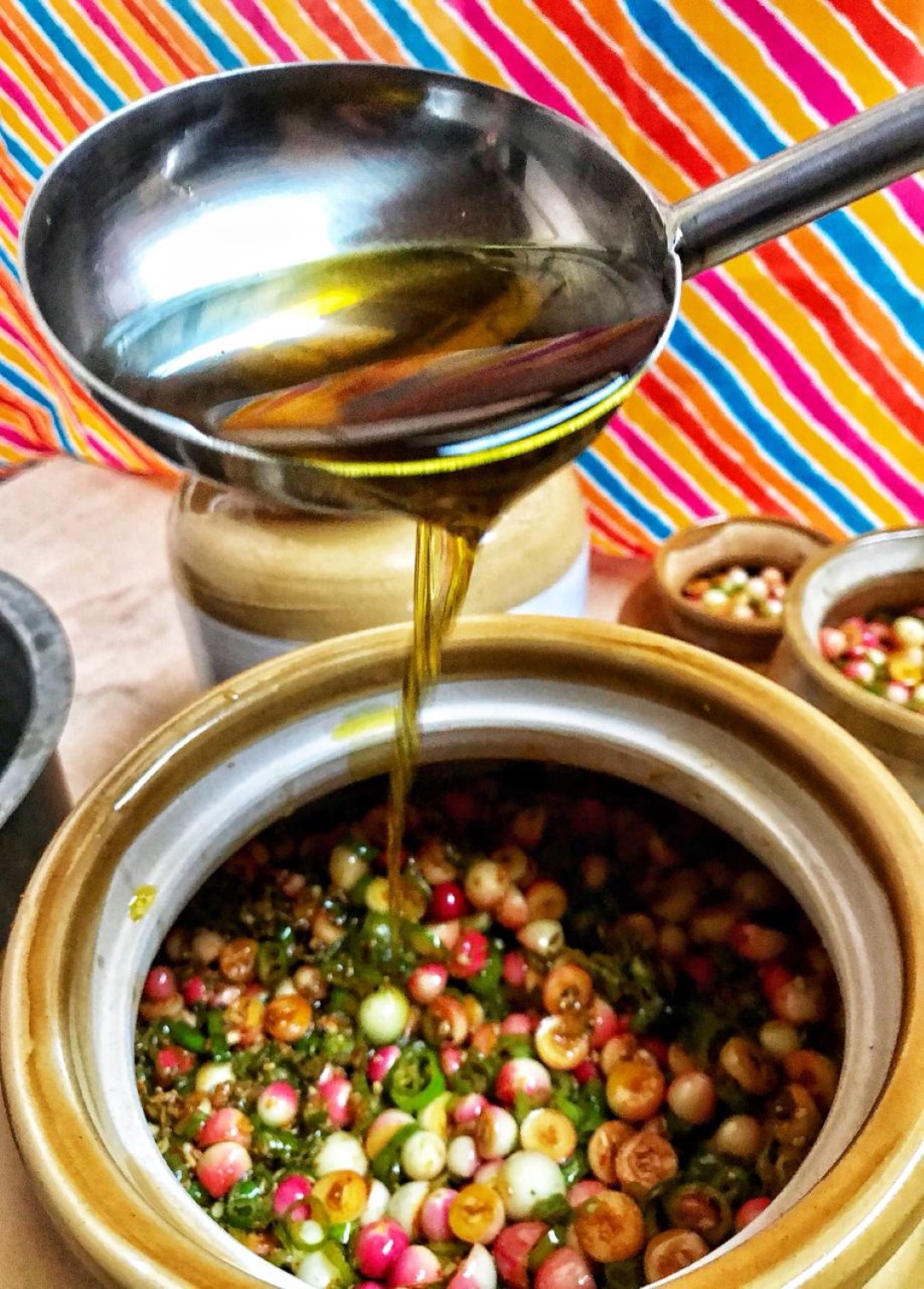
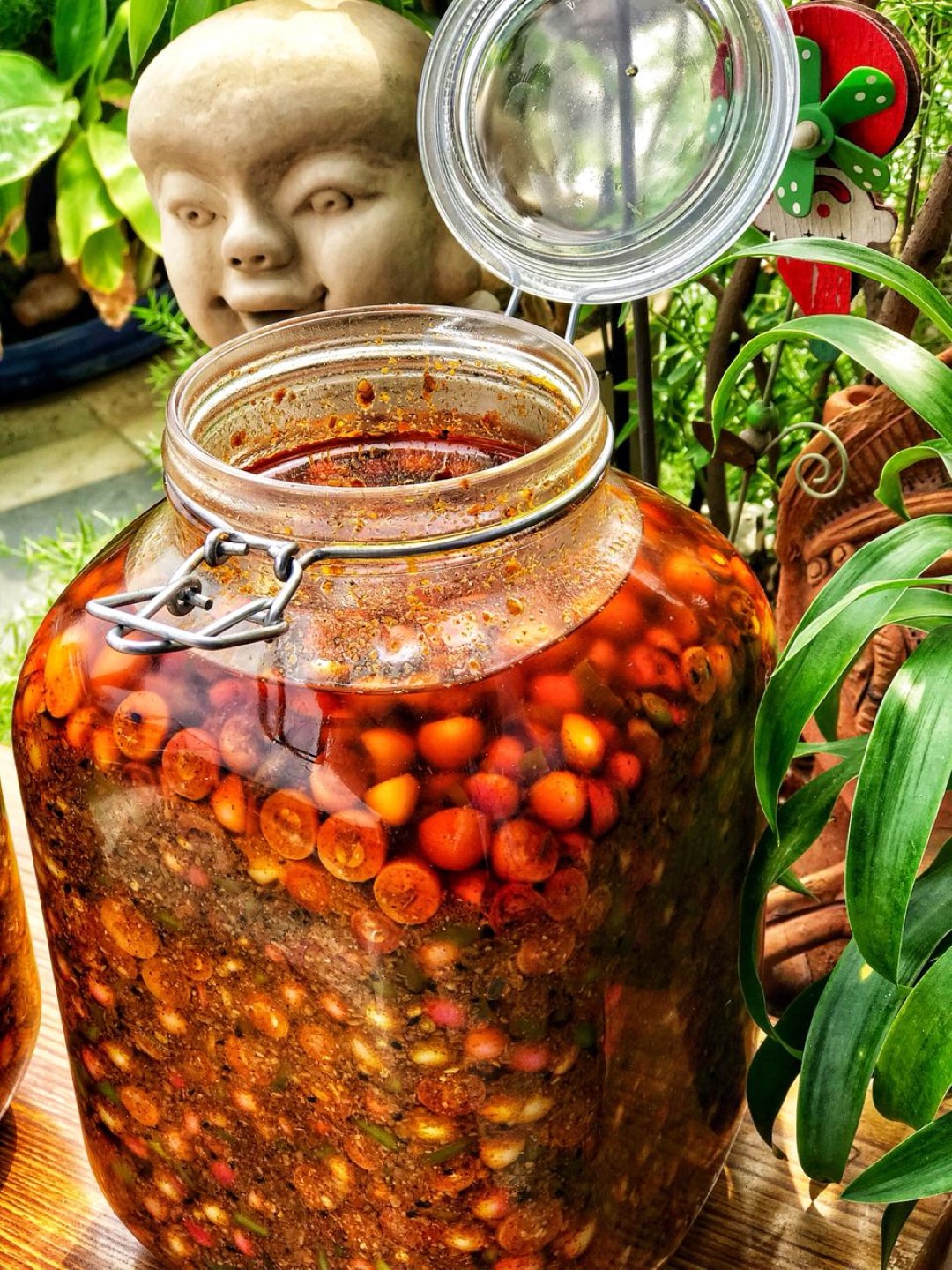
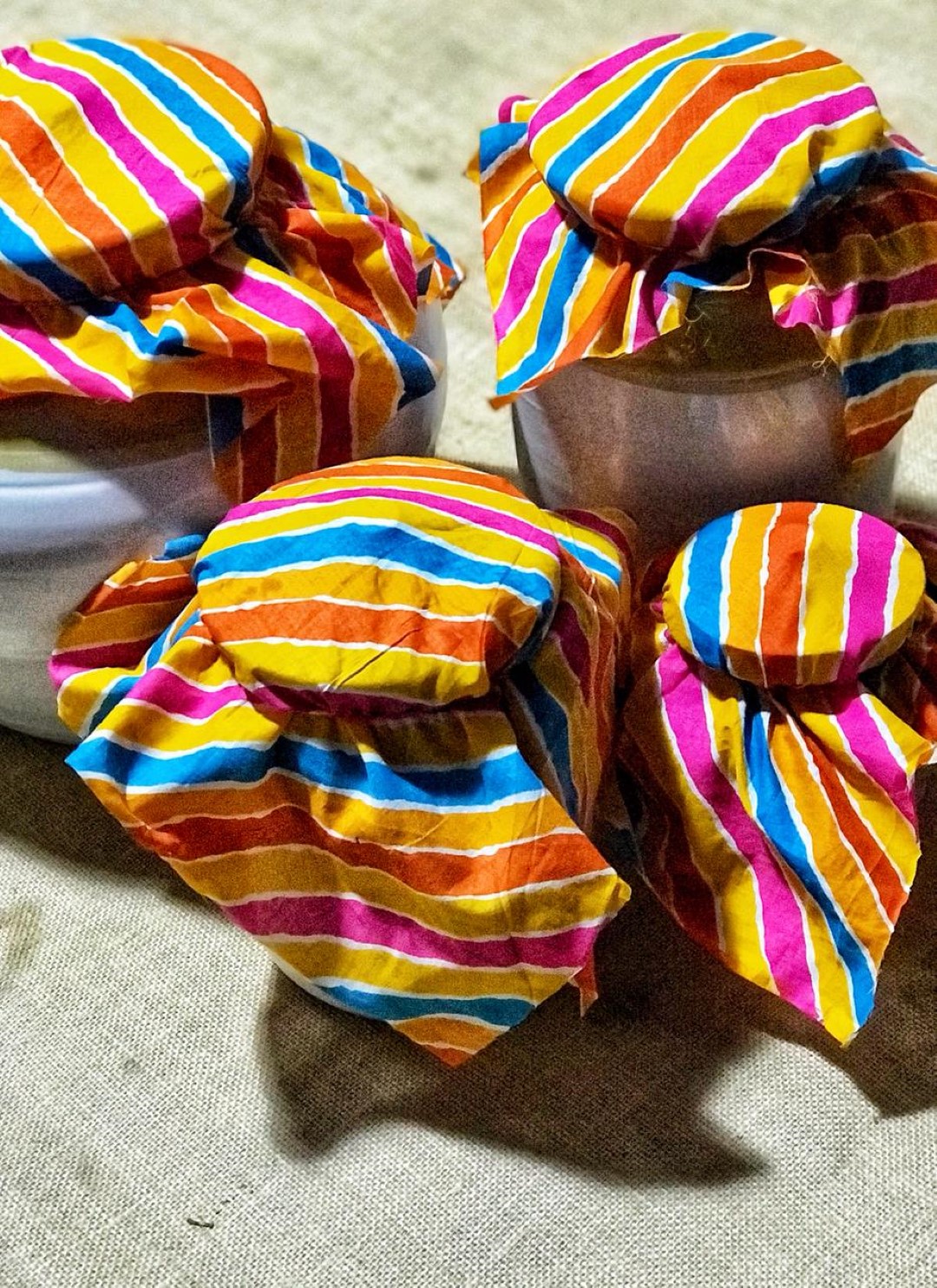
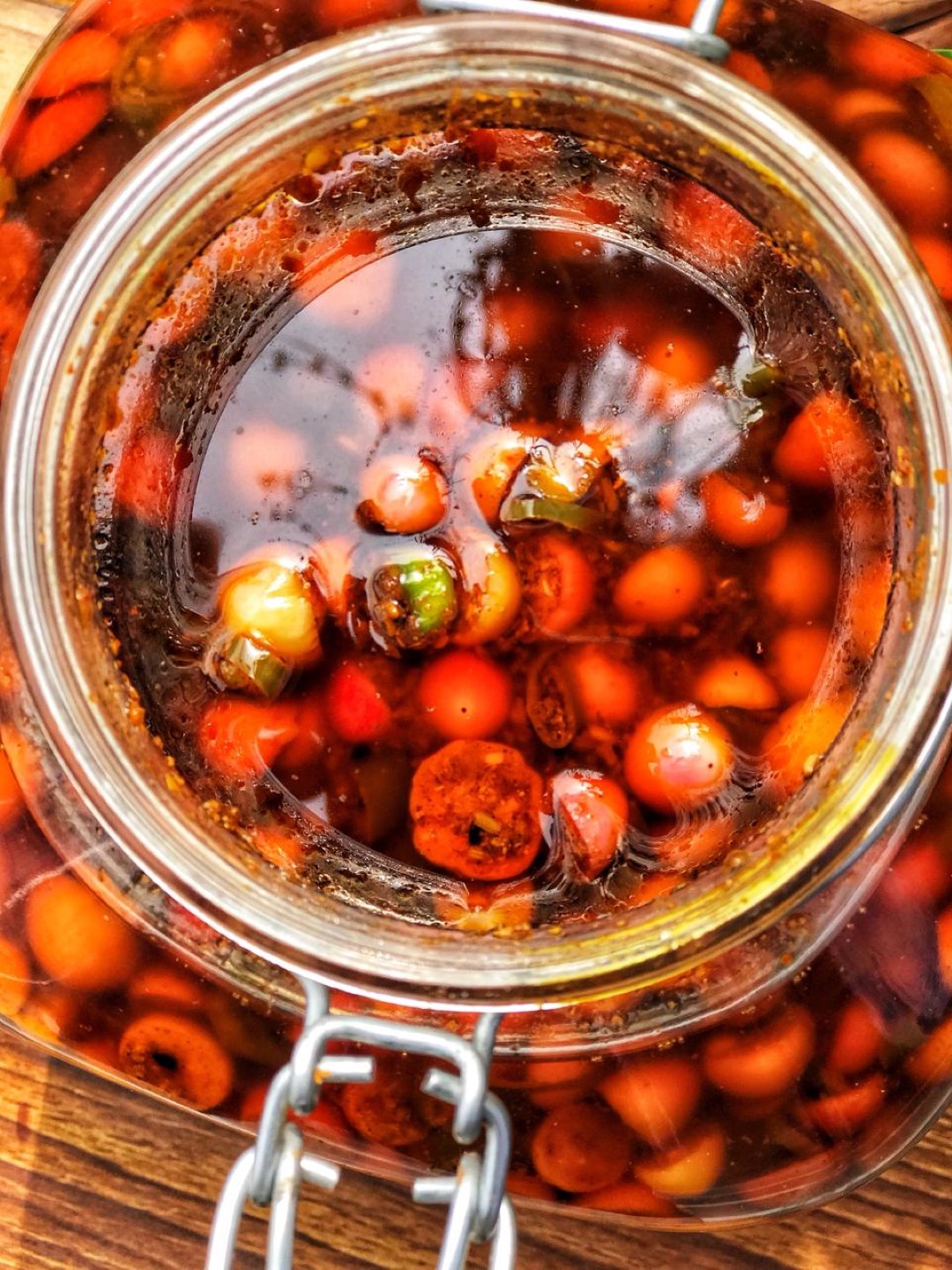
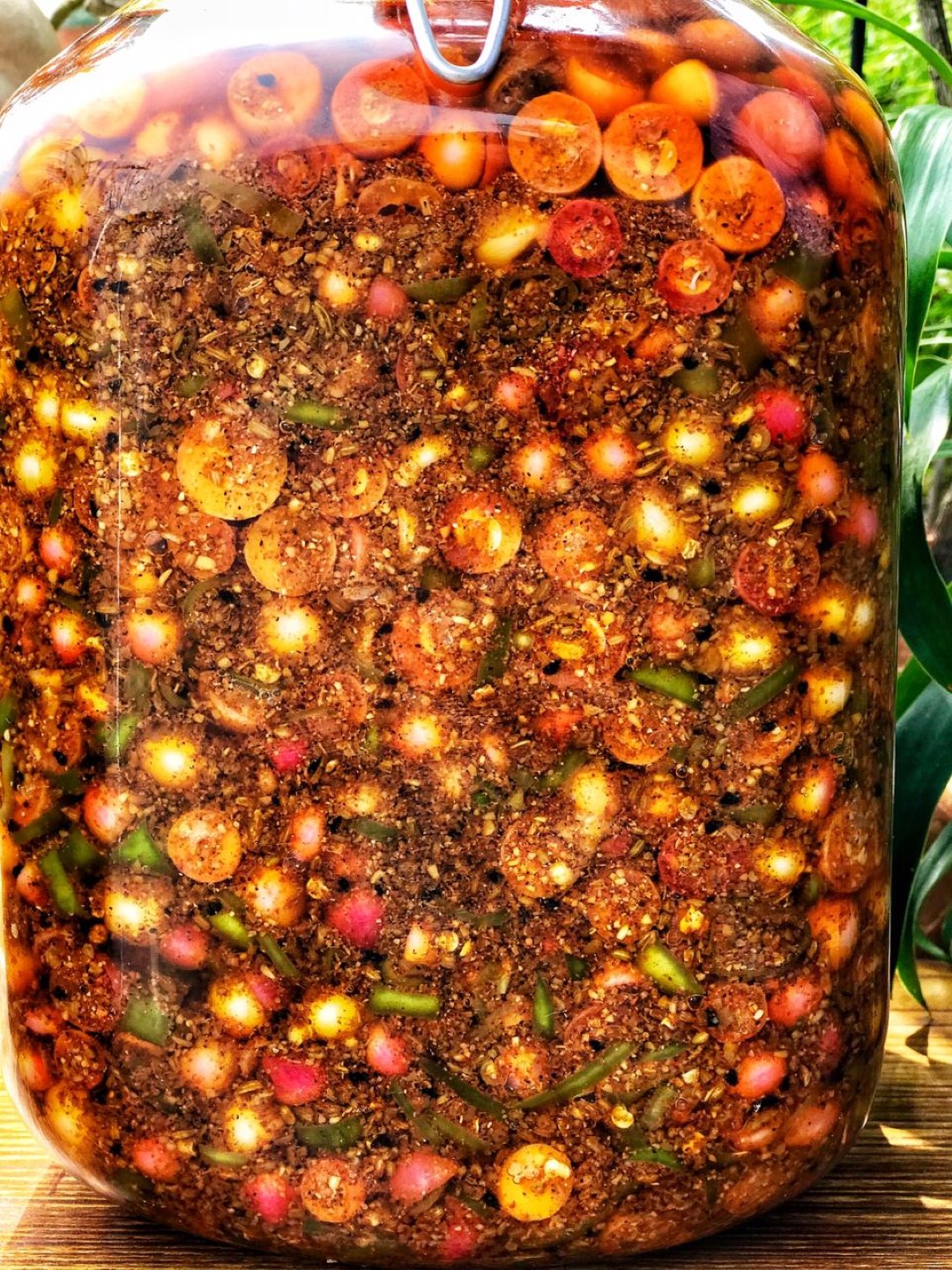

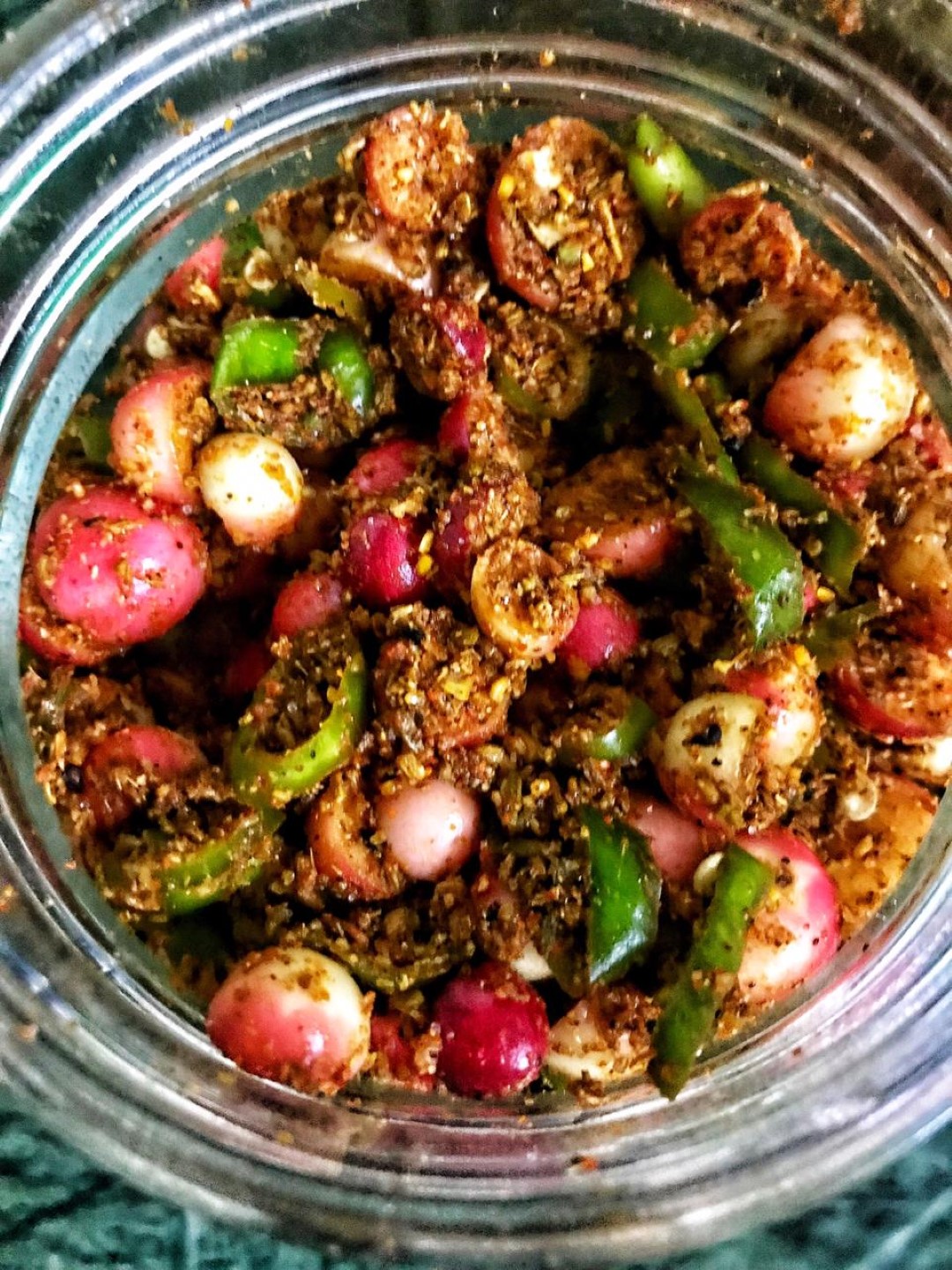
What’s New?
Now available in leak-proof, tightly sealed jar that is easy to carry and spill-proof, so that you can relish every drop of this chatpata pickle in its freshest form.
Also, the new jar is bigger, because we got to know how much you love our Karonda Chilli Pickle!






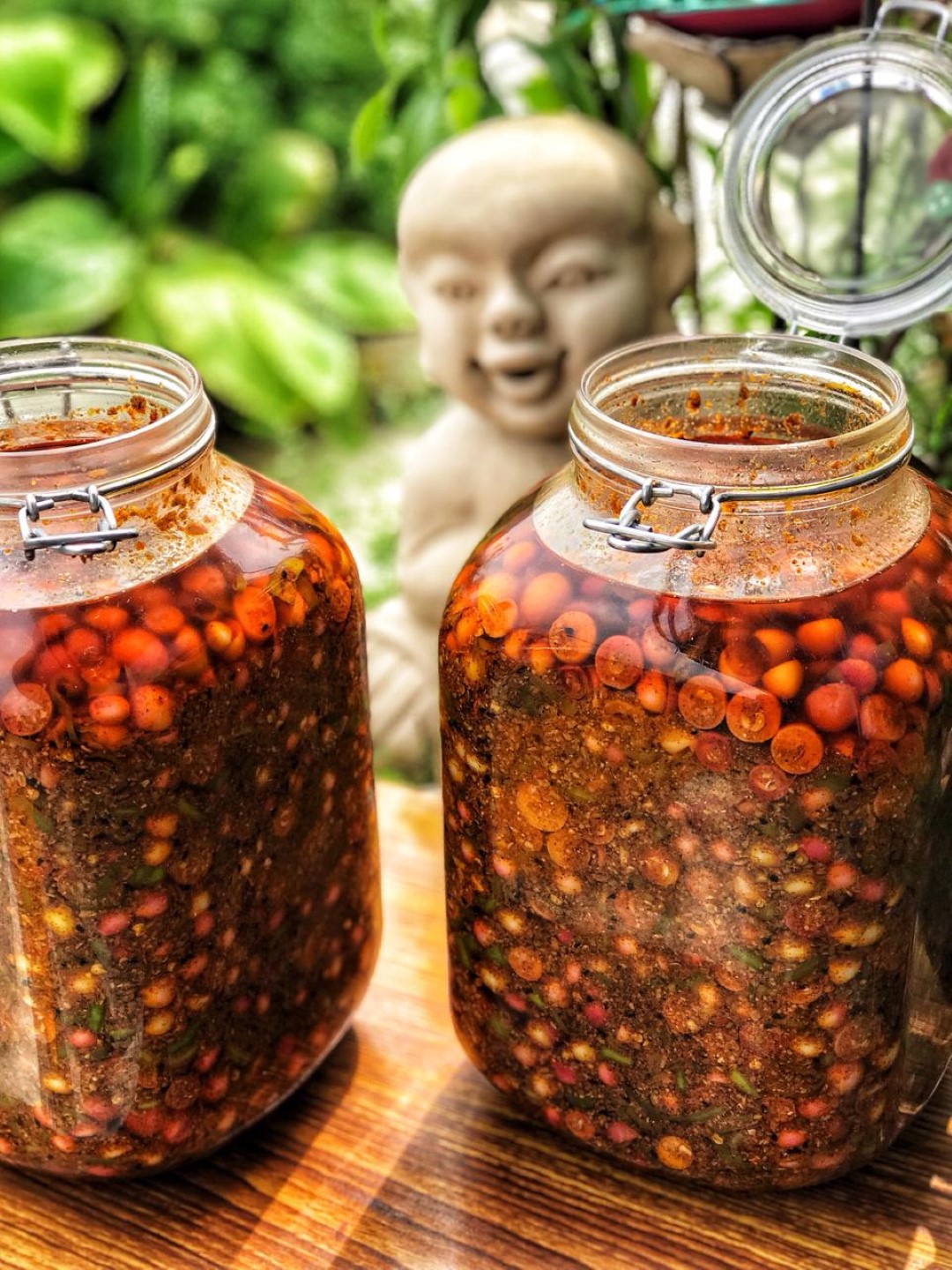



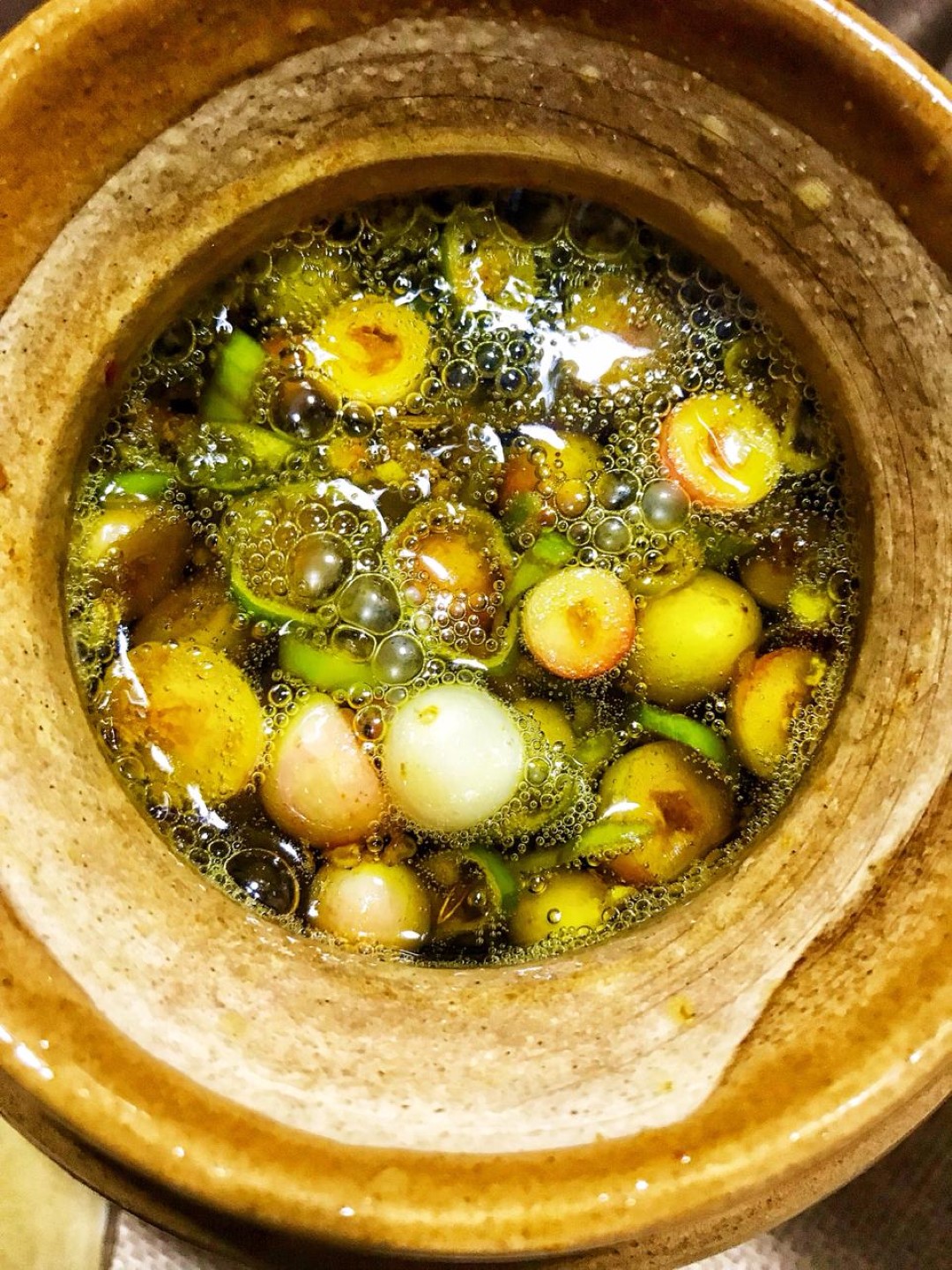



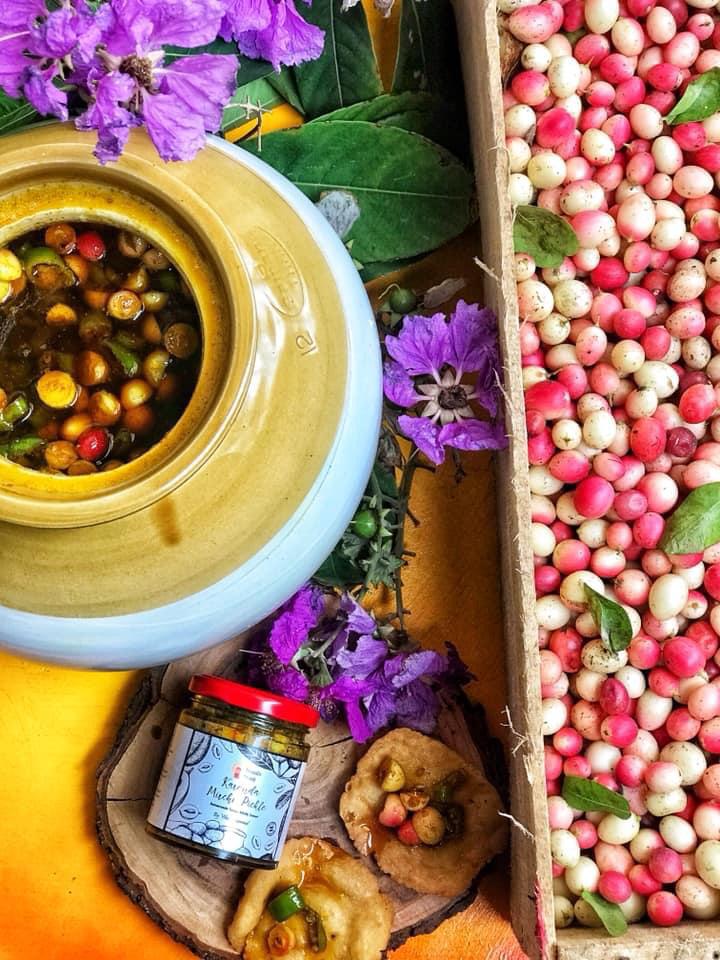
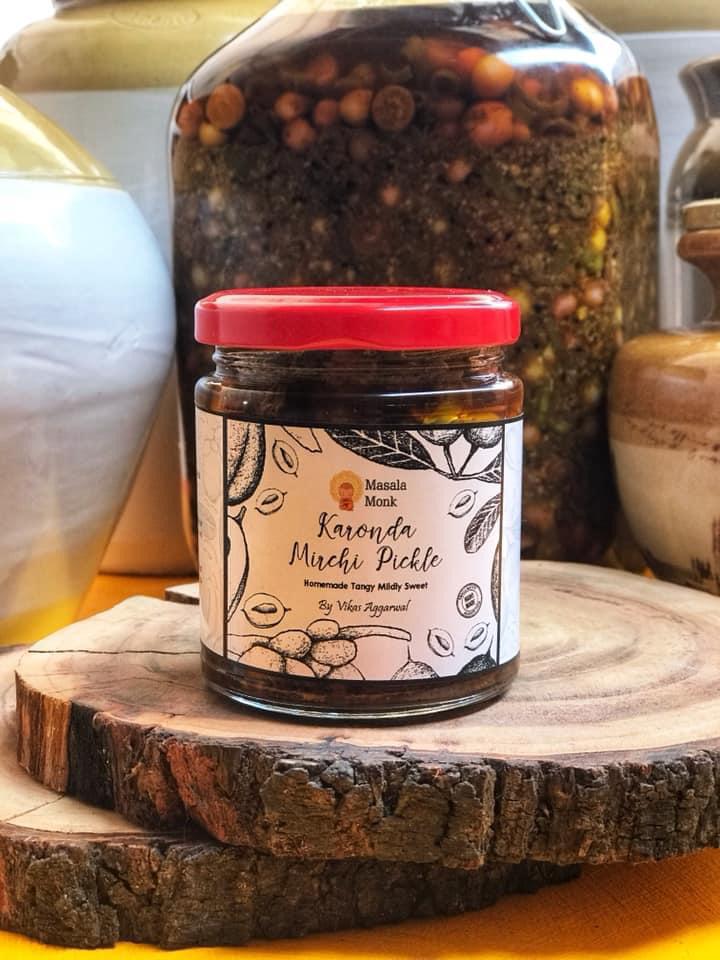
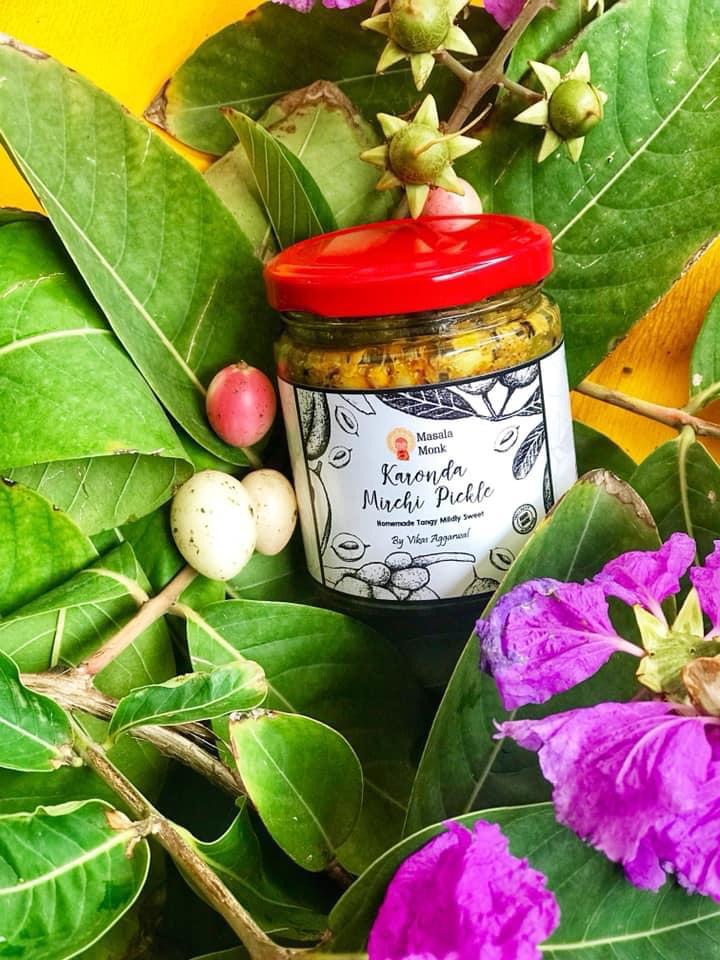
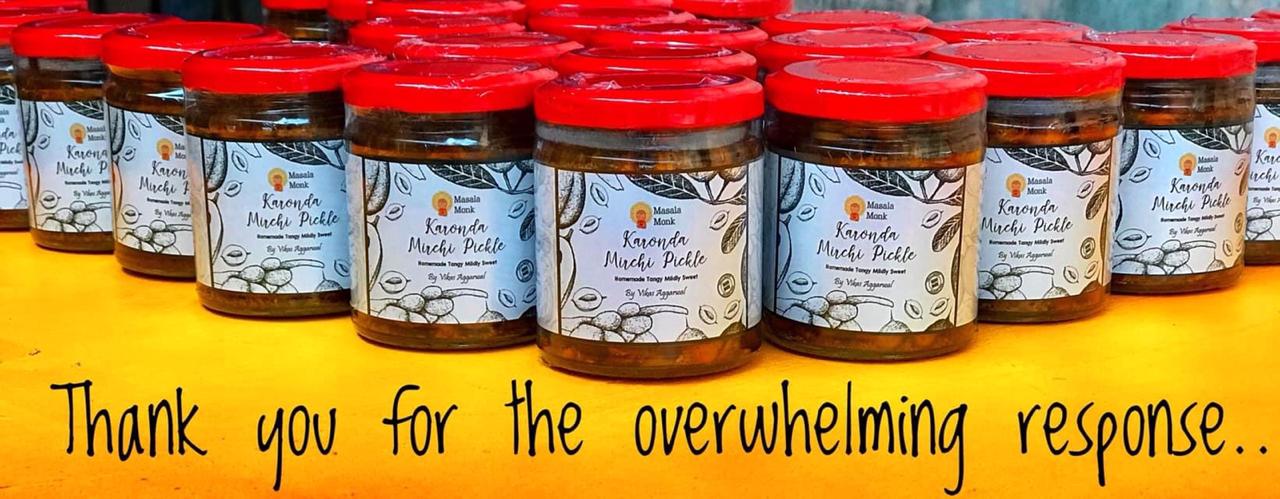

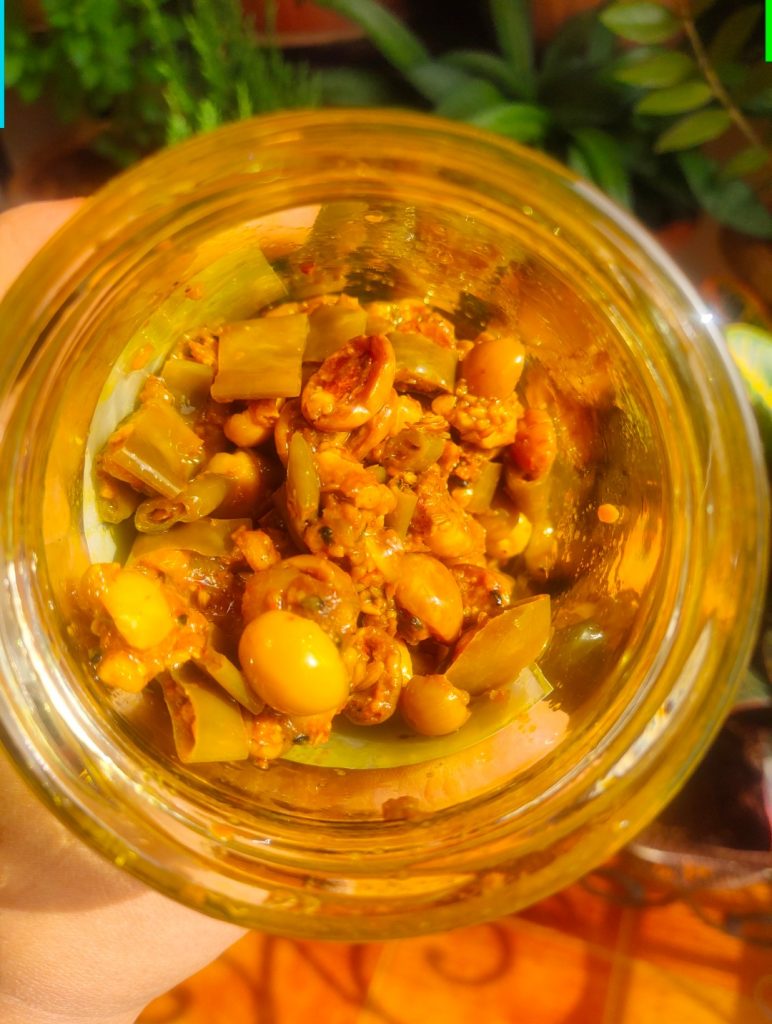
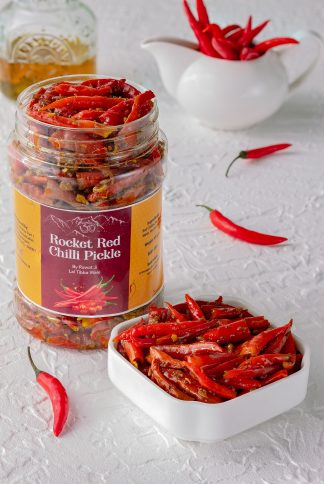
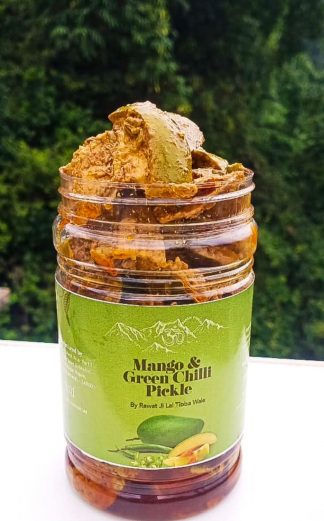
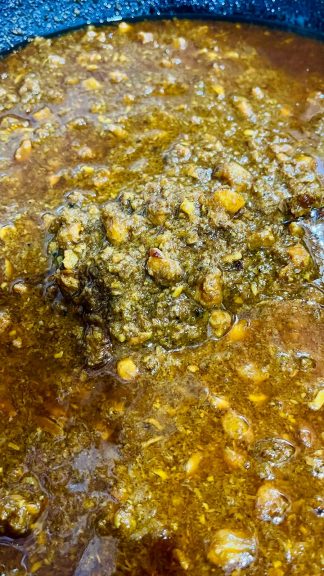









Best Karonda Mirchi Pickle ever!
Good taste
I had never tasted Karonda, hence I ordered. I found it quite tasty.
Very good taste
👍